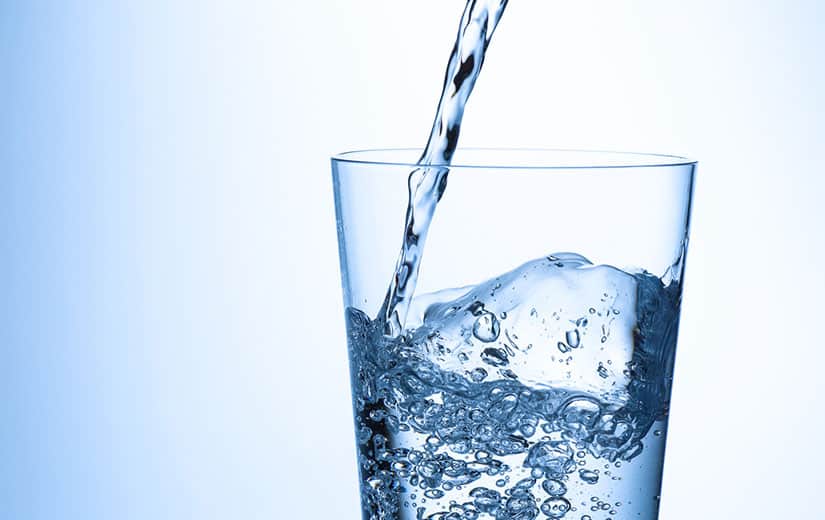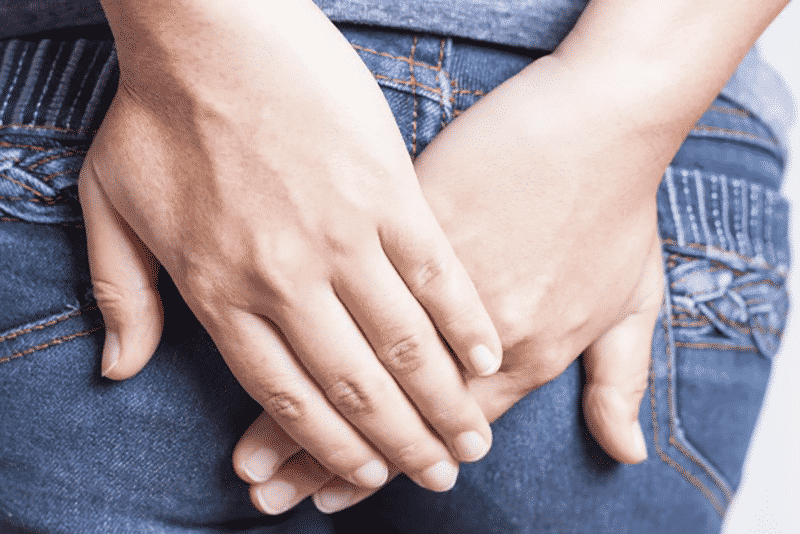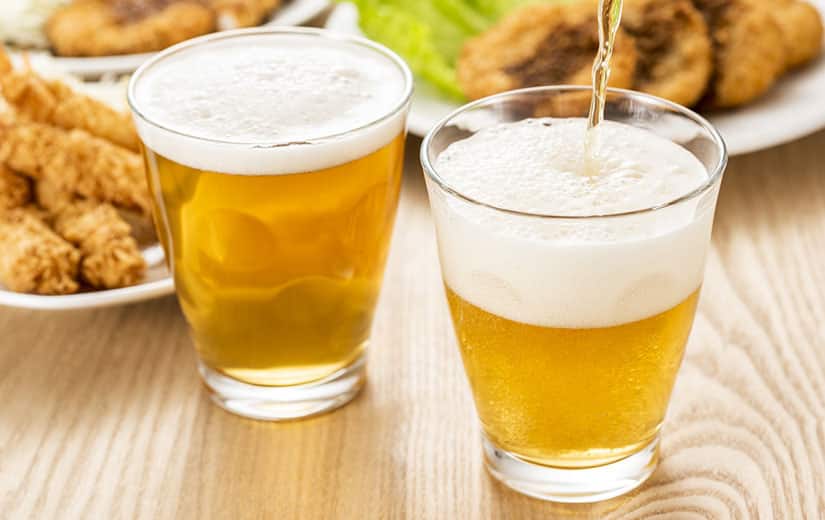Although often overlooked, itching of the vulva is very common. Irritation, burning sensation, swelling of the vulva, discharge… The signs do not deceive by causing discomfort. It is therefore important to effectively combat intimate itching. Follow our advice to overcome vaginal pruritus. All natural treatments and remedies to soothe vulvar itching!
Summary
Itching of the vulva: What is that ?
Itching of the vulva, also called vulvar pruritus, can have several origins: use of unsuitable intimate hygiene product, disease, affection…
The vulva includes all of the female external genitalia. It protects the entrance to the vagina. Located at the bottom of the abdomen, between the pubis and the anus, it has an ovoid shape and is divided into two lips. And from a physiological point of view, the vulva is used for urination, childbirth and sexual intercourse.
The causes
Itching of the vulva can initially result from improper use of toiletries. Indeed, it may be an irritation due to the use of acid soaps, antiseptics, local deodorants…
On the other hand, vulvar pruritus can come from a disease or condition such as:
- a skin disease: eczema, psoriasis, etc.;
- an allergy ;
- a bacterial infection;
- vaginal yeast infection. Generally, the fungus responsible for the inflammation is called candida albicans;
- a vulvitis. It is an inflammation of the vulva explained by the presence of a fungus, a virus or a bacterium;
- herpes or other viral infection;
- an infection due to the pubic louse (crabs);
- or more rarely, vulvar cancer.
On the other hand, itching of the vulva can occur after sexual intercourse. This may be a sign of a sexually transmitted infection (vulvar mycosis, herpes, trichomoniasis, etc.). And during pregnancy, yeast infections caused by the candida albicans fungus are frequent. Finally, be aware that women in menopause are often affected by a dermatological disease called vulvar kraurosis. This is manifested by itching of the vulva.
Symptoms
It stings, it itches, it itches… A vulvar pruritus manifests itself in the form of irritation, which leads to unpleasant sensations and discomfort.
The signs of a vulvar itch are as follows:
- intense local irritation of the vulva and the entrance to the vagina;
- vulvar burning and tingling sensation;
- redness, cuts, cracks or abrasions on the vulva;
- swollen aspect of the vulva;
- white or yellowish discharge in case of vaginal yeast infection;
- pain during sexual intercourse;
- irritation or burning sensation during urination.
Note that symptoms vary from woman to woman and complications are possible. Indeed, following scratching of the region concerned, lesions may occur, thus developing a local infection.
Natural treatments for itchy vulva
The good gestures
To avoid the appearance of vaginal pruritus, it is advisable to adopt the right actions:
- have good personal hygiene by washing every day;
- use suitable mild soaps because it is a fragile area;
- do not wear clothes that are too tight (for example, skinny jeans);
- prefer clothes and underwear made of natural materials such as cotton. Prohibit synthetic materials as much as possible;
- in case of vulvar itching, avoid scratching to avoid developing an infection;
- also use your own towel;
- finally, protect yourself during sex so as not to contaminate your partner.
Cold
To relieve crotch irritation, apply an ice pack or ice cubes covered in a clean cloth to the area. It will calm you down instantly.
Be careful, never place the ice on your skin as there is a risk of burning.
A salt water bath
Do you have a bathtub? Immerse your lower body in a salt water bath. Make sure the water is not too hot as this will increase the intensity of the itching.
Also add half a cup of salt per bath. Get the salt water inside your vagina, and stay in the water for about a quarter of an hour.
food
In case of intimate itching, it is advisable to consume milk and dairy products. They help to maintain the vaginal flora.
It is also a good way to prevent any irritation. Eat at least one plain yogurt a day.
Also note that garlic is a great ally if you suffer from pruritus of the vulva. Eat garlic for a week, raw or cooked.
Tea tree essential oil
This powerful natural antifungal is very effective as a home remedy for vaginal yeast infections. Thanks to aromatherapy, fight against the fungus responsible for your itching. And for optimal results, select a certified organic and totally pure tea tree essential oil. Buy it at a pharmacy or specialty store.
You can use tea tree essential oil pure or in combination with olive oil. Combined with organic olive oil, gently massage the delicately coated area, then rinse with clean water.
Note: other essential oils can also have soothing properties against vaginal pruritus. Among them, lavender essential oil, oregano essential oil, false cypress essential oil, green santolina essential oil.
coconut oil
To treat a genital mycosis, nothing like coconut oil. You will easily find it in grocery stores in the edible oil section, or in organic stores.
Apply coconut oil directly on the genitals, two to three times a day to get satisfactory results.
olive leaves
Olive leaf extract has many health benefits, including treating genital mycosis. The natural product comes in the form of a liquid packaged in capsules.
Cranberry (or cranberry)
Effective in the fight against the fungus responsible for itching of the vulva, cranberry juice is drunk several times a day. Consume it natural and unsweetened. You will get results pretty quickly.
Calendula
This plant has anti-inflammatory properties. Use this natural treatment to overcome intimate itching.
Use calendula oil in massage, on dry and irritated skin up to three times a day. In the trade, you will find the plant in the form of cream, gel and ointment to be applied externally to the affected areas.
And in infusion, drink one to three cups a day. Simply stir two teaspoons of dried calendula flowers into 200ml of boiling water.
More natural treatments:
- 7 natural treatments for warts
- 7 Natural Acne Treatments
- 7 Natural Psoriasis Treatments
- 7 Natural Lice Treatments
- 3 natural treatments for scabies
- 11 Natural Constipation Treatments
- 9 natural treatments for angina
- 13 Natural Asthma Treatments
- 7 natural treatments for anemia
- 8 natural treatments for anxiety
- 9 treatments for heartburn
- 11 natural treatments for canker sores
- natural treatments for paronychia
- 7 natural treatments for cystitis
- 11 Natural Gout Treatments
- 13 natural treatments for osteoarthritis of the knee
- 7 Natural Sinusitis Treatments
- 6 natural treatments for osteoporosis
- 10 natural treatments for cold sores
- natural treatments for urinary tract infection
- 9 natural treatments to reduce the effects of menopause
- 9 Natural Osteoarthritis Treatments
- 9 natural treatments for tinnitus
- 11 natural treatments for hemorrhoids
- natural treatments for bronchitis
- natural treatments for seborrheic dermatitis
- Helicobacter pylori: natural treatments
- Natural treatments for bloating
- Natural Burn Treatments
- Natural treatments for balanitis
- Natural treatments for conjunctivitis
- Natural treatments for hot flashes
- Natural treatments for hypertension
- Natural Inner Ear Crystal Treatments
- Treatments for hiatal hernia
- Natural treatments for Morton’s neuroma




